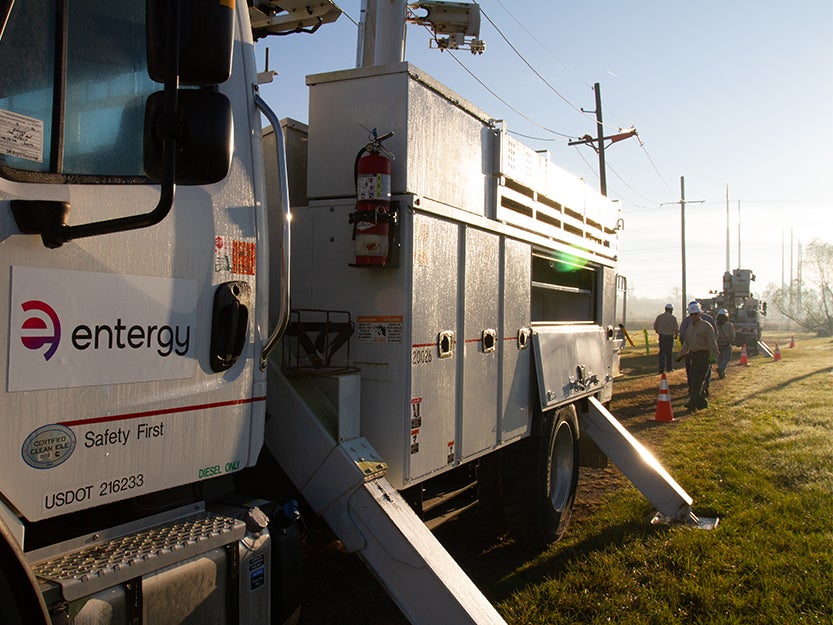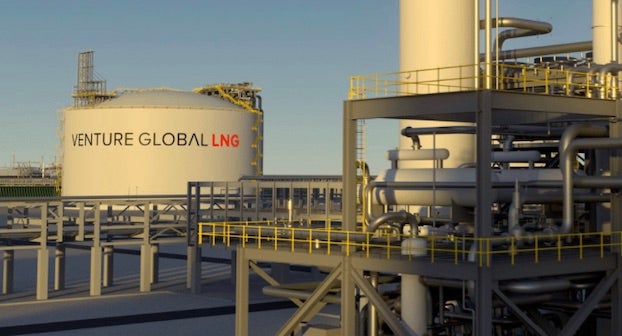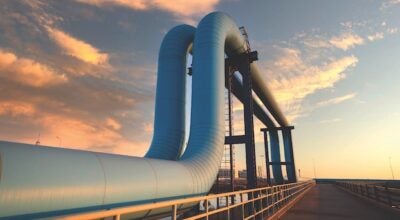Bayou Verdine cleanup work reaches midway point
Published 7:06 am Thursday, October 10, 2013
Cleanup work along Bayou Verdine has reached its midway point, as dredging continues along its upper region where environmental contaminants are being removed.
Construction workers have been dredging the area since April, removing contaminated sediments and pumping the slurry to an impoundment on Phillips 66’s property next to Trousdale Road.
Built in April, the impoundment holds the contaminated sediments after the water has been removed from the slurry, a process known as “dewatering.” Once the slurry has been dewatered, the clean water is discharged back into the bayou, said Casey Luckett Snyder, EPA’s Region 6 project manager.
When the dredging work is finished, the remaining sediments in the impoundment will be capped with soil. Testing will be conducted to confirm that the solidified sediments have reached the required strength to support the soil cover, Snyder added.
“The sediments in the bayou will be dredged between 1 and 2 feet,” she said. “The slurry is piped to the impoundment; the contaminated sediments fall out via gravity and the water that is coming with that slurry sits on the top and then moves trough a baffle system. (The water) is then tested prior to being discharged back into Bayou Verdine.”
Snyder said the water is tested for compliance with Phillips 66’s Louisiana Pollutant Discharge Elimination System permit. If for any reason the tested water does not meet LPDES requirements, she added, it is passed through a sand filter and recirculated back to the impoundment and the process starts over again.
“So far that hasn’t happened yet,” she said. “So far all of the testing of the discharged water has not had to run through the secondary sand filters.”
In a statement to the American Press, Janet Grothe, Phillips 66’s senior adviser of health, safety and environment, said numerous controls are in place “to ensure that there is no uncontrolled releases of water from the impoundment.”
“The treatment system for the water has automated monitoring devices to assure the discharge criteria is met, and several valves that are closed automatically if power is lost,” Grothe said.
“The dike walls of the impoundment were built to withstand a major storm, as demonstrated in September when the site had 10.84 inches of rain in one 24-hour period and the water and sediments never came close to overtopping the impoundment.”
The bayou’s cleanup efforts stem from a 2011 federal consent decree the U.S. Environmental Protection Agency signed with Phillips 66 and Sasol. The companies agreed to be responsible for addressing contaminated sediments. EPA officials, with support from the state Department of Environmental Quality, are overseeing all cleanup activities in the bayou.
Snyder said dredging work will continue in the bayou south of the Interstate 10 bridge once the upper region is complete.
Sediments in Bayou Verdine have been contaminated by polynuclear aromatic hydrocarbons and heavy metals such as zinc, copper and chromium. Snyder said none of these contaminants pose a risk to human health. She added, however, that they do pose a significant risk to the environment.
Dredging along Bayou Verdine is scheduled for completion in April. Impoundment closures are expected to take about eight months. Once cleanup activities are done, work will begin on site restoration.
“It’s obviously a bit of an invasive procedure in the bayou,” Snyder said. “So workers will have to do some site restoration along the bayou in areas where they had to acquire access to get to the upper regions.”
In a statement to the American Press, Joe Ledvina, special projects manager for Sasol, said the company is “pleased to see the positive progress of this collaborative effort” to clean up Bayou Verdine.
“The companies and the regulatory agencies are working toward a common goal,” Ledvina said, “which will benefit our environment and our community for many years to come.”
(American Press Archives)





